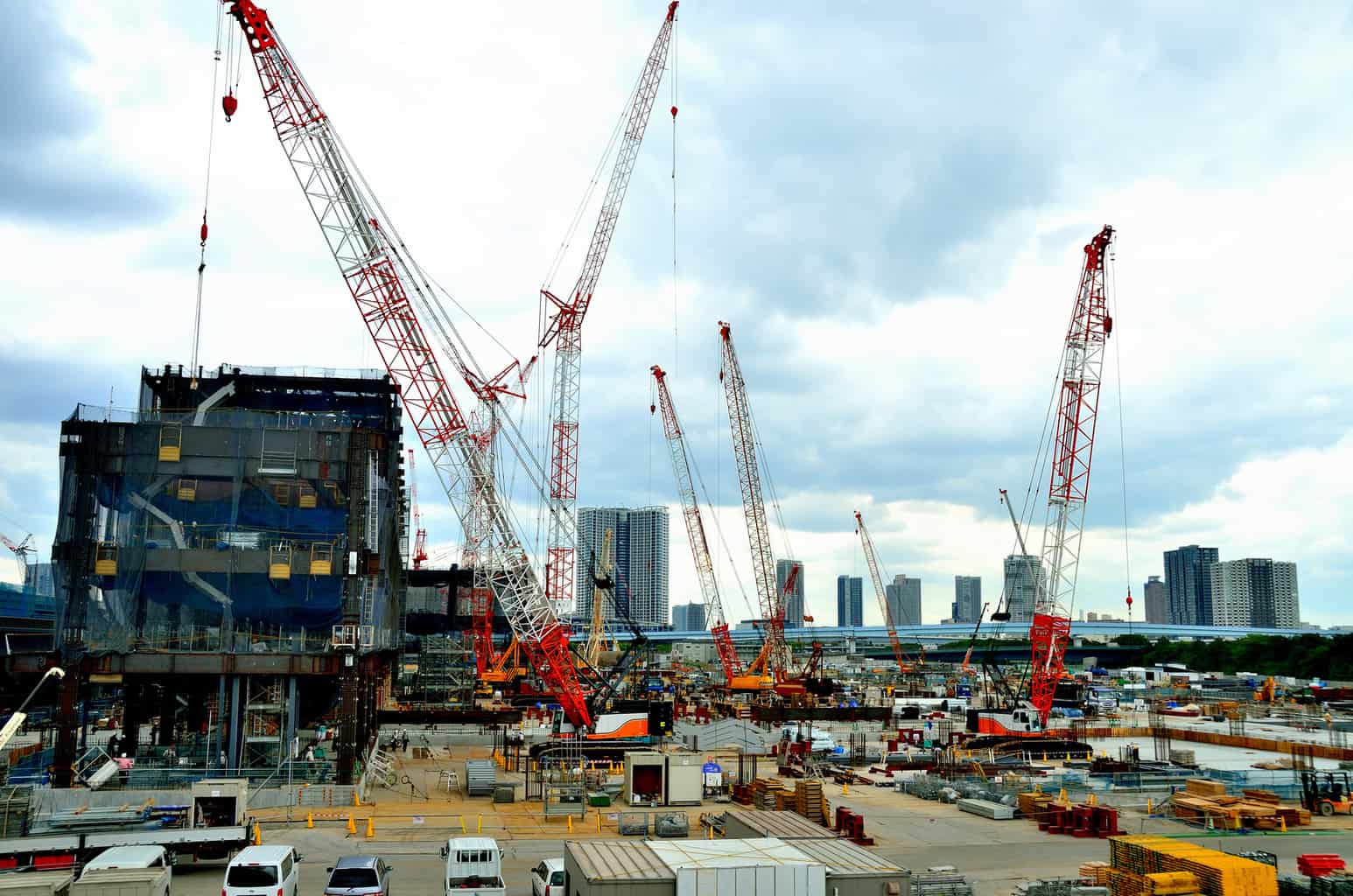Your Guide to Proper Industrial Vibrator Installation
When you work with machinery you have to make sure that everything is running in top shape at all times.
Neglecting maintenance can lead to problems, or in some extreme cases even damage equipment beyond use.
Industrial vibrators are used in so many different kinds of equipment. They’ve become essential in certain kinds of production, and if you have one that isn’t working properly you need to get a new one installed as soon as you can.
What you need to know about industrial vibrator installation
Industrial vibrator installation shouldn’t be rushed. It takes time to properly install a new vibrator, but once you get the hang of it, you’ll be able to replace them with ease.
Want to know the ins and outs of vibrator installation? After you read this post, you’ll be an installation pro.
Never mount directly onto equipment
One of the easiest mistakes you can make when you’re performing an industrial vibrator installation is to directly mount it on the bin or hopper. The vibrator may need to be on the equipment, but it should never be directly mounted on.
If you directly mount the vibrator on the equipment you leave it prone to extensive damage. The intense vibrations can harm the equipment, or even the vibrator itself. In some extreme cases, it could even cause a high amperage draw.
When you do industrial vibrator installation make sure you put it on a plate and channel iron combination. That way you won’t have to worry about damage to the equipment or vibrator when it’s in use.
Mount the right way
You can mount a vibrator to machinery with any regular welding method. The stitch-welding method works best because it doesn’t require heat on the corners of the mount.
Welding on corners could lead to warping or bending after it has been in use for awhile, and could lead to bin damage or even failure.
Place it in the right direction
It’s surprisingly easy to place a vibrator in the wrong direction during installation. Placing a vibrator in the wrong position or mounting it wrong could damage equipment.
Any electric units should be perpendicular to the channel iron. It’s also important to check the mounting plate for any kind of warping. If you notice any irregularities in the mounting it should be shimmed so you can have a tight seal.
It’s important to note that both the vibrator and the mounting plate to be tightly placed. Any slackness could cause problems and damage as time goes on.
Keep spacing in mind
You may have a simple single vibrator installation, but it’s possible that multiple vibrators could be needed. When you install multiple vibrators spacing is very important.
Vibrators that are spaced too close together could be too strong and could damage equipment and themselves. Vibrators that are too far apart may not be working properly and unevenly distributing vibrations.
When you’re placing two vibrators on the same piece of equipment, it’s generally good to keep them 180 degrees apart. If you suspect that you have to place three or more, be sure that the equipment can handle the number of vibrators. If you place too many you could cause damage to equipment when they’re in use.
Next steps
Now that you know how to install a vibrator, it’s time to learn more about them. Learn about the different things industrial vibrators can do and find one for your needs.
If you have any questions about vibrators and our other equipment, contact us so we can help.



